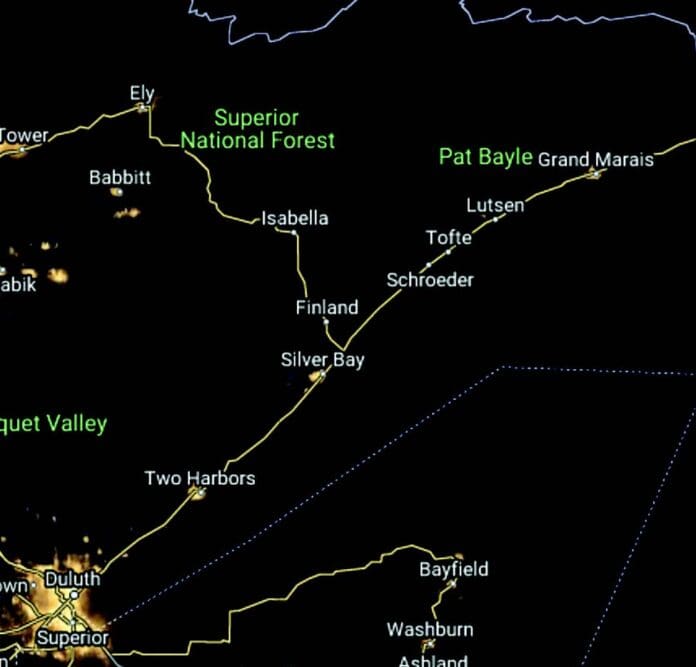On April 3rd, Governor Walz signed a proclamation declaring April 2-8 to be “Dark Sky Week” in Minnesota. The official proclamation read,
“Whereas the aesthetic beauty and wonder of a natural night sky is a shared heritage of all humankind; and whereas the experience of standing beneath a starry night sky inspires feelings of wonder and awe and encourages a growing interest in science and nature, especially among young people and out-of-area visitors within the local communities; and whereas light pollution has scientifically established economic and environmental consequences that result in significant impacts on the ecology and human health of all communities; and whereas many people in Minnesota live under a dome of light pollution and excessive artificial lighting at night that disrupts natural darkness and may never experience the visual wonder or ecological and health benefits of living under a dark sky; and whereas Minnesota, the land of 10,000 lakes and ever so many more stars, is a resource for the wilderness, a dark sky tourism sanctuary, and a place where many people take pride in the night sky; and whereas Starry Skies North, headquartered in Golden Valley, is the locally recognized authority on light pollution and has partnered with DarkSky International on Dark Sky Week to raise awareness of light pollution and provide free education, resources, and solutions to the public to encourage the protection of and enjoyment of dark skies and responsible outdoor lighting; and whereas all people in Minnesota are encouraged to engage their imaginations as they observe the stars, and reflect on the work that protects our precious dark sky resources.”
Minnesota’s Dark Sky Week coincided with the International Dark Sky Week.
Even though Dark Sky Week is past, you can still learn about dark skies and light pollution at https://darksky.org/ and enjoy time stargazing and watching our night sky. While you’re looking at the night sky this month, keep an eye out for some astronomical phenomena such as the Lyrid meteor shower, Jupiter, Saturn, and Mars: https://starlust.org/the-night-sky-in-april/.



